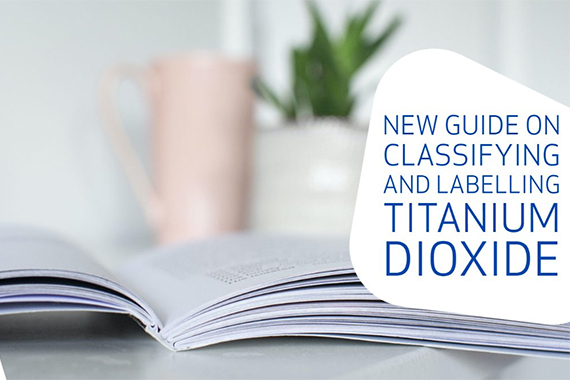More news
- Nigeria’s paint industry navigates regulatory changes and economic challenges amid p...
- Focus on the global coatings market: Global coatings market outlook
- Ask Joe Powder – October 2024
- Chinese paint majors look to domestic consumer sales as commercial real estate slumps
- Architectural coatings in Nepal and Bhutan

The guide, issue by the European Chemicals Agency (ECHA), helps companies and national authorities understand how mixtures containing titanium dioxide (TiO2) need to be classified and labelled following its classification as carcinogenic if inhaled.
The classification and labelling requirements for titanium dioxide (TiO2) changed in February 2020. As of 1 October 2021, following Delegated Regulation (EU) 2020/2017, new classification and labelling requirements enter into force.
The substance TiO2 must be classified as carcinogen if inhaled (Carc. 2, H351 (inhalation) when supplied on its own or in mixtures, where the substance or mixture contains 1 % or more of TiO2 particles with an aerodynamic diameter ≤10 μm. In addition, mixtures containing TiO2 must be labelled with the supplemental label element ‘Hazardous respirable dust may be formed when used. Do not breathe dust’ (EUH212).
Non-classified solid mixtures must also be labelled with the EUH212 supplemental labelling element if they contain at least 1% of TiO2, regardless of their form, or particle size.
Liquid mixtures containing TiO2 do not require Carc. 2 classification. However, if they contain at least 1% of TiO2 particles with an aerodynamic diameter ≤10 μm, then they need to be labelled with the supplemental label element ‘Hazardous respirable droplets may be formed when sprayed. Do not breathe spray or mist’ (EUH211).
This guide was developed in co-operation with the German competent authority (BAuA), the European Commission and the network of national helpdesks (HelpNet), prompted by the high number of helpdesk questions coming from both industry and authorities.



